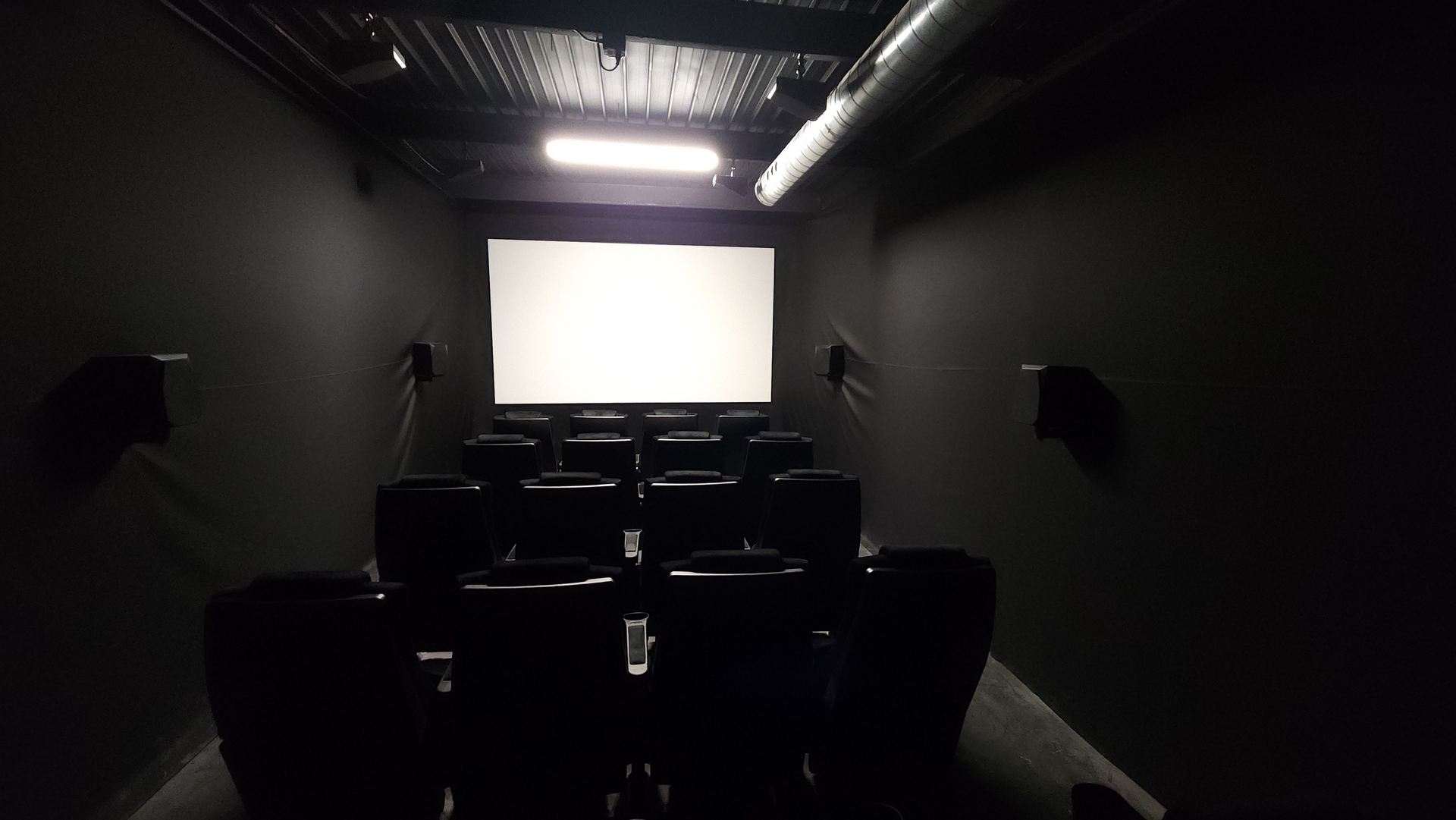
Simply put, a DCP is as close to a strip of film as it gets in the digital world. In a DCP, a filmmaker’s video track is encoded frame by frame in the robust JPEG-2000 format. This format allows each element of a film to be stored separately in a folder. A Digital Cinema Server utilizes this folder along with other elements to properly project every element of your motion picture on the big screen.
Digital Cinema Servers run a variant of Linux OS and as such all DCP hard drives should be formatted Linux EXT3. If you wanted to view the contents of these hard drives, you will need to open the drive on a computer running Linux OS or purchase third party drivers.
Answer. Lorem ipsum dolor sit amet, consectetur adipiscing elit. Curabitur id suscipit ex. Suspendisse rhoncus laoreet purus quis elementum. Phasellus sed efficitur dolor, et ultricies sapien. Quisque fringilla sit amet dolor commodo efficitur. Aliquam et sem odio. In ullamcorper nisi nunc, et molestie ipsum iaculis sit amet.
It’s very likely. Most Digital Cinema servers are now capable of playing back films at a variety of frame rates, but there are still many servers in use that can only play content reliably at 24 or 25 fps. The Academy of Motion Picture Arts and Sciences still advises filmmakers looking to qualify their films for Oscar contention to master their DCPs at 24 fps. Mastering your film at 24 fps guarantees playback on any D-Cinema playback system worldwide regardless of how old it is. Depending upon your distribution needs we can advise you on an appropriate strategy for frame rate conversion and versioning.
Digital Cinema deals in whole number frame rates only. Chances are that your film has been cut to an NTSC standard frame rate such as 23.98 or 29.97 frames per second. In this case, we will need to speed up your film slightly to match DCI frame rates in a process called “conforming”, which is standard for all films edited digitally. Notis Studios will never alter the content of your film unless otherwise specifically instructed.
For the highest quality DCP, we recommend asking your online editor and/or color correction facility to output a DPX or TIFF image sequence onto a hard drive. This is what is known as a DCDM.
A DCDM is a sequence of picture files that corresponds to every frame of your film. It is the last step your video takes in becoming a DCP.
When DCPs are encrypted, they require a special key to open them and this key is encoded into a KDM. KDMs allow you to specify what facilities can and cannot view your film and can be sent out at your discretion.
A CRU drive is a SATA-II hard drive enclosed in a DX-115 hard drive carriage. Originally designed for the military, the DX-115 is now used by the film industry in D-Cinema for its proven reliability and sturdiness. Certain film festivals and facilities require this drive for DCP delivery and it is highly recommended for feature films formatted in 4K, 3D or High Frame Rates.
X’Y’Z’ is the color space utilized by Digital Cinema to process color data in all of its images. You’ve probably heard of RGB and CMYK. These variables represent the way that color is processed in a digital environment. In this case, X’Y’Z’ works very much like a Lookup Table when filming digitally. Incoming picture data is compressed into a more finite range of colors allowing the video compression to operate more efficiently and record the image with far greater detail. Viewed raw, the colors appear muted and warped, but when processed correctly the colors appear as intended. It is not necessary to deliver your source material in this color space.
The Academy recommends several facilities on their website to handle DCP conversion, but does not explicitly certify any particular facility. We help dozens of filmmakers qualify their films annually and have serviced multiple Oscar nominees and winners!
Yes, but we highly recommend avoiding this if possible. To see the full benefits of formatting your film as a DCP, we need to start out with the highest quality source material.
We will not decode or demux any audio mix and require all sound to be delivered as discrete channels of audio. Please arrange for your sound mixer to generate an appropriate mix for a theatrical environment.
Pardon us for not recusing ourselves, but the plain fact of the matter is that the vast majority of these tools simply do not work. From sound dropouts to low image quality to DCPs that simply will not open, the list of woes encountered by film festival managers and theater owners with these tools are consistent and pervasive. More importantly, what may work on one server will very often not work on another using such tools. At Notis Studios we pride ourselves in delivering the highest quality products in a timely fashion that are guaranteed to work!